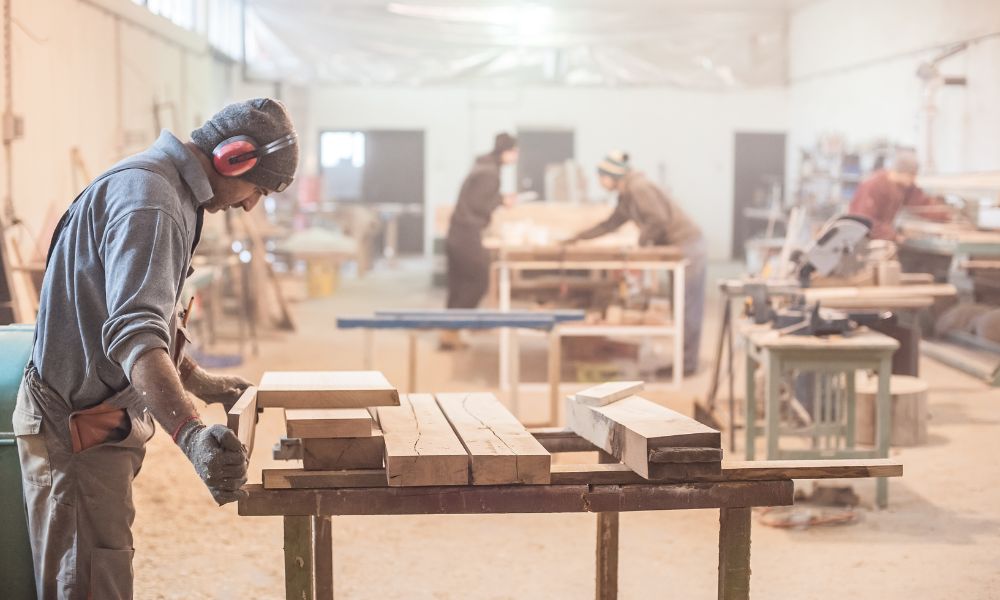Tips for Optimizing Your Wood Workshop

When woodworking is your primary source of income, you need the ideal space to craft projects. To achieve this, you’ll need to eliminate clutter, purchase the best tools, buy great materials, and measure carefully. Keep the process simple with these tips for optimizing your wood workshop.
Eliminate Clutter
No matter what your profession is, clutter only inhibits you. Messes grow quickly. And when you have a pile of junk in your workshop, you could misplace tools or materials, slowing efficiency. Plus, clutter is an eyesore, and if clients come to your shop, they may question your credibility.
To avoid a mess, toss scrap material as you acquire it. For instance, if you trim a wood board for a product, throw away small pieces you cannot reuse. Then, at the end of each day, sweep up sawdust and put all tools in their designated spots.
Invest in Quality Tools
Another tip to improve your woodworking shop is to buy the best tools. Even though purchasing inexpensive tools is tempting for your budget, the financial benefit is only short term. A cheap tool or machine will require more frequent repairs because it wears out more quickly.
On the other hand, an expensive tool is more durable and usually has increased safety features. Overall, high-quality tools with higher up-front costs are necessary investments for success.
Buy the Right Wood Materials
You should also invest in quality materials, as the price of your goods can reflect product durability. For example, composite wood is very affordable; however, it’s less aesthetic and weaker than genuine wood. Customers would rather pay for a product they know will look incredible in their home and last years.
Measure With Precision
Before starting a project, you need to know the scale. Then, carefully measure the wood and mark the areas you need to cut. Most professionals use guide rails and guide rail squares for this because these tools won’t slide out of place while cutting.
Precision is key because if your cuts are uneven, the wood project won’t look right once you assemble it. Pieces may not fit together, which leaves gaps along the edges. This could mean recutting specific wood boards or completely starting over.
Take Pride in Your Work
You should feel proud of everything you create. Sometimes, it’s best to work with a mentor or take a class to learn new techniques. The more skills you have, the easier it is to thrive as a woodworker and create incredible wood pieces to sell to your target market.




